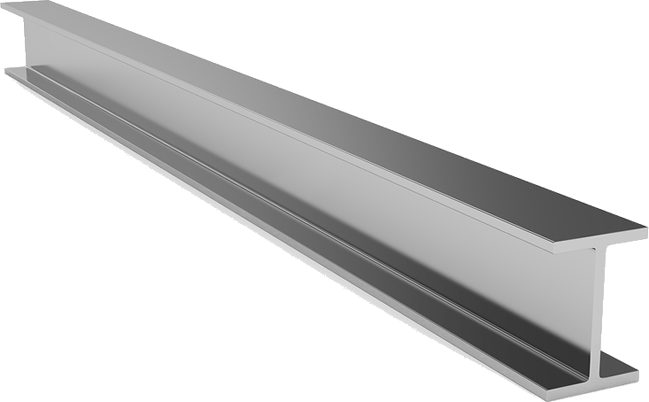Advantages and Disadvantages of Galvanizing?
Advantages of Galvanizing:
- It protects metal from rusting.
- Helps maintain the structural integrity of the vehicle.
- It Adds strength and rigidity.
- It increases the life of the metal.
- Enhances durability by reducing stress on parts subjected to high-temperature environments or corrosive chemicals during manufacturing processes.
- Galvanized steel is not affected by acidic substances such as hydrochloric acid or sulphuric acid
- Lowers cost by extending the product life cycle of a component due to decreased need for rework or replacement of damaged parts.
- Addresses safety concerns associated with increased fatigue caused by repeated impacts between parts at elevated temperatures while still allowing parts to perform properly under normal operating conditions.
Disadvantages of galvanizing.
- The zinc coating can be removed by using a magnet and once it is removed, the steel underneath will rust. To prevent this from happening, you should place a layer of plastic or fiberglass on top of the steel to protect it from rusting.
- The galvanized coating can easily chip off and create an uneven surface that leads to corrosion and possible loss of life.
- Galvanized surfaces are very hard and tough making them unsuitable for use in applications where flexibility or flexibility is required. This means it would be difficult to weld.
- It required a skilled person to repair galvanized coating and also has experience in repairing such kinds of products as well as those related to steel products like steel wire fencing etc.
- Galvanizing is only used for low-grade products such as railings, metal gateways, etc.
- Galvanized surfaces are very hard and tough making them unsuitable for use in applications where flexibility or flexibility is required. This means it would be difficult to weld, for example.



